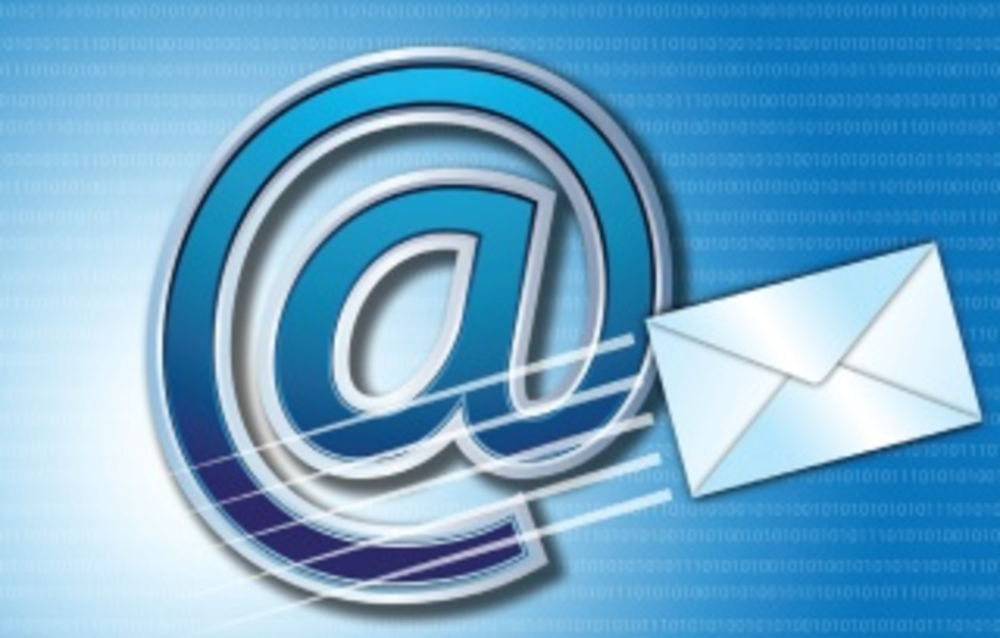Contextual targeting. Behavioral targeting. Search retargeting. Targeting specific consumer sectors has become table stakes in combating banner blindness. However, email retargeting — a data-driven, lower-funnel approach that the industry experts call a no-brainer — seems to be far off marketers’ radars. ?
Email retargeting enables marketers to tag subscribers with identifiers — such as a computer cookie — and target online display ads to those consumers based on their email behavior. For example, if a consumer receives an email from a retailer promoting a one-day sale, the retailer can use a cookie to ensure display ads shown to that email subscriber feature the same content and reinforce the promotion. The retailer can even splice an email’s recipients between those consumers who opened the message, and those who clicked display ads according to the consumers’ implied place on the conversion path.?
Retargeting display ads according to consumer email behavior allows advertisers to step away from the contextual display-buy guesswork and tap instead into concrete consumer insights. ?
“All that data — CRM data, Web data and all the context around each of the interactive channels — is what marketers are leveraging to inform their marketing efforts, says Scott Jones, director of product marketing and partner strategy at email service provider Responsys. He added that what email and display retargeting provides is the ability to “connect all of that and leverage the display channel for execution as well as context.” ?
An e-commerce retailer can use the integrated retargeting to bolster its shopping cart abandonment email program, Jones notes. Before triggering the cart abandonment email, the retailer could run display ads alerting a consumer to the unresolved transaction. Jones offered another example: A company that operates on cyclical purchases could use the retargeting to run display ads reminding a consumer of a pending renewal and then follow up with a reminder email closer to ?the expiration date.?
Responsys customers, Jones says, have reported that consumers who are retargeted via email and display convert at rates nearly 100% higher than consumers who only receive an email. “It provides greater reach, more frequency of touch and the ability for companies to stay top of mind,” ?says Jones.?
The ability to restrict a campaign’s reach also provides marketers with the ability to correspondingly tighten the campaign’s budget. Adam Berke, president of advertising retargeting firm AdRoll, says a brand may want to use retargeting to identify email subscribers who don’t click through an email, so it can negatively target those consumers, blocking them from seeing the campaign’s display ads. ?
If email retargeting is such a no-brainer, then why aren’t more marketers using it? AdRoll touts 2,500 active advertisers on its platform, but only “a small portion” use the email retargeting capabilities that the company began offering roughly a year ago, ?Berke says. ?
Marketing services firm Epsilon publicly launched its email retargeting product in June, but Eric Stein, the firm’s EVP of online solutions, declined in October to reveal the share of clients using the product because he said it was “too early.”?
At advertising technology company AdReady, retargeting capabilities have been available for three years, but Randy Wootton, AdReady’s SVP of sales, service and marketing, says that “people are under-utilizing” the strategy despite the fact that “we talk about it in every pitch.”?
Wootton says that the dearth of marketers using email retargeting may be related to a struggle to identify the connection between email and display. ?
However, Stein says integrated retargeting is indicative of a macro trend in marketing. “This is an example of how marketing is going from being campaign-based and episodic to being personalized and continuous,” he says. The days of broadly targeted ads may be numbered, he adds. “Now you have to be more personalized so that you can more effectively engage with consumers that demonstrated interest in that message.”








